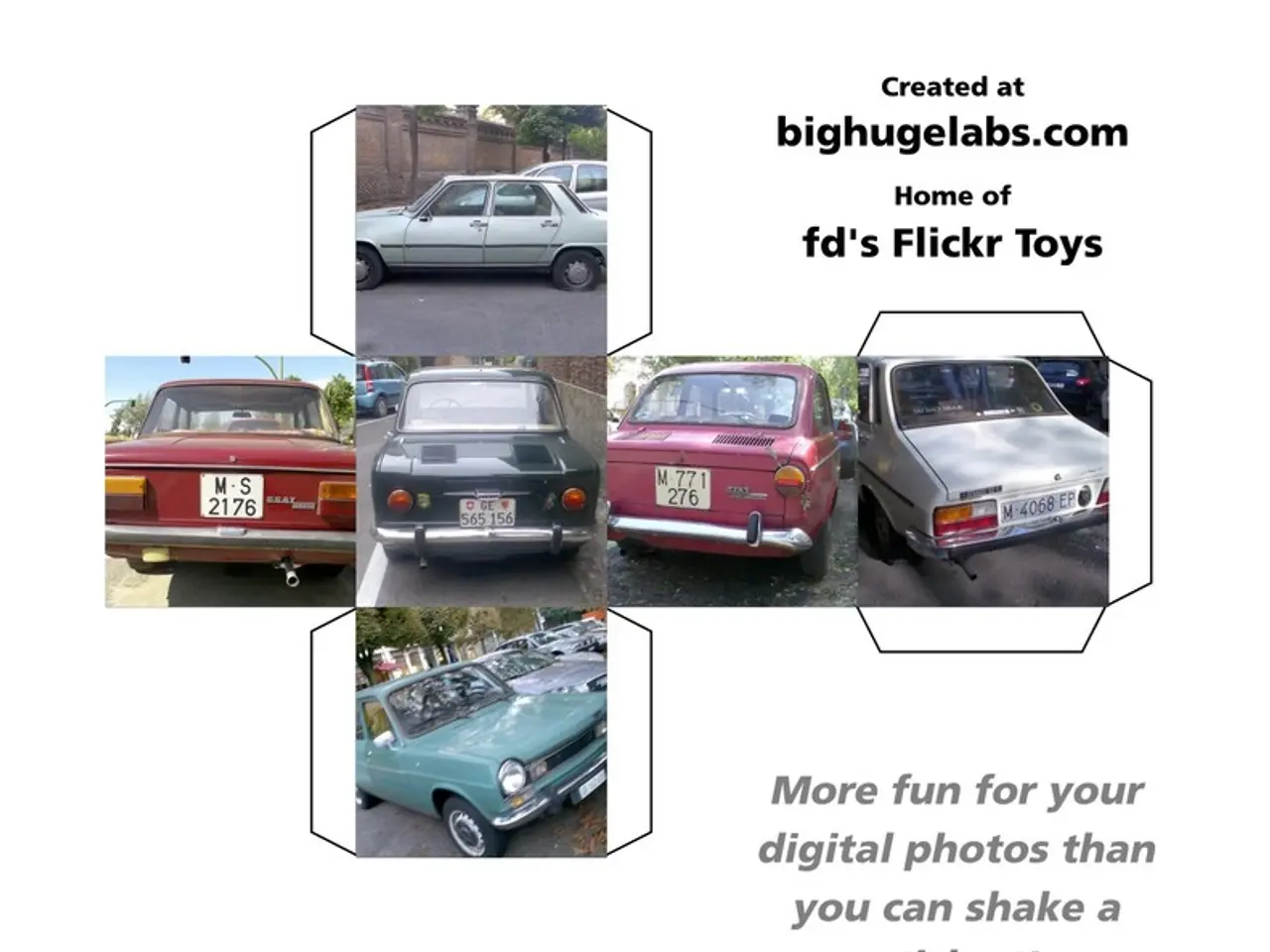Repeated Red numerals observed in ZF records - ZF Automotive company is penning down red figures once more
ZF Friedrichshafen, the German automotive supplier based on Lake Constance, is grappling with a historic and comprehensive restructuring challenge. The company reported a consolidated net loss of €1.02 billion in 2024, a significant setback driven by stagnant global vehicle production, slow adoption of electromobility, rising costs, and geopolitical uncertainties such as US tariffs.
The sluggish ramp-up of electric vehicles (EVs) and weak demand in the sector have led to decreasing sales, particularly affecting divisions like Electrified Powertrain Technologies, which contributes 25% of sales but faces high R&D costs and slower EV adoption. Stagnant global vehicle production has reduced overall market demand for ZF's automotive components. Increased operational costs amidst geopolitical headwinds such as uncertain US tariffs have also taken a toll.
Ongoing workforce tensions and employee protests in Germany, triggered by announced job cuts and austerity measures, have further complicated the situation. Since 2024, ZF has cut around 4,000 German jobs and plans up to 14,000 cuts by 2028, targeting about 25% reduction of German jobs. Employees resist wage cuts and layoffs, intensifying social challenges for the company’s turnaround.
To tackle this, ZF has launched its most extensive restructuring program ever. The focus is on improving profitability and competitiveness by cutting costs, optimizing its product portfolio, and focusing investments on divisions with strong long-term prospects like Chassis Solutions, Commercial Vehicle Solutions, Industrial Technology, and services.
Key aspects of the restructuring plans include accelerating restructuring efforts, assessing all product groups against capital cost earning to adjust the product portfolio, streamlining corporate structures, and continuing aggressive cost-cutting. The company is also focusing on emerging areas like software-defined vehicle technologies to restore investor confidence and build long-term viability.
Despite these tough measures, ZF projects a return to sales above €40 billion and a positive adjusted EBIT margin of 3.0–4.0% for 2025, assuming automotive sector stabilization. However, challenges remain severe, and the company acknowledges that the path to turnaround is difficult but necessary for future competitiveness.
In summary, ZF Friedrichshafen’s consolidated loss and restructuring stem from structural industry shifts, weak EV market growth, geopolitical trade issues, high costs, and workforce challenges. The company is pursuing deep organizational and product portfolio changes alongside major workforce reductions to reclaim profitability and reposition itself for the evolving automotive landscape.
The community policy at ZF Friedrichshafen must address the ongoing workforce tensions and employee protests, aiming to find a fair solution for employees in the face of job cuts and austerity measures. The employment policy, meanwhile, needs to focus on investments in divisions with strong long-term prospects, such as Chassis Solutions, Commercial Vehicle Solutions, Industrial Technology, and services, while also considering the cost-cutting measures necessary for improving profitability and competitiveness.
The restructuring plans, including streamlining corporate structures and assessing all product groups against capital cost earning, should also consider the potential impact on various industries, particularly finance, transportation, and the automotive industry, in order to maintain sector stability during the transformation.




